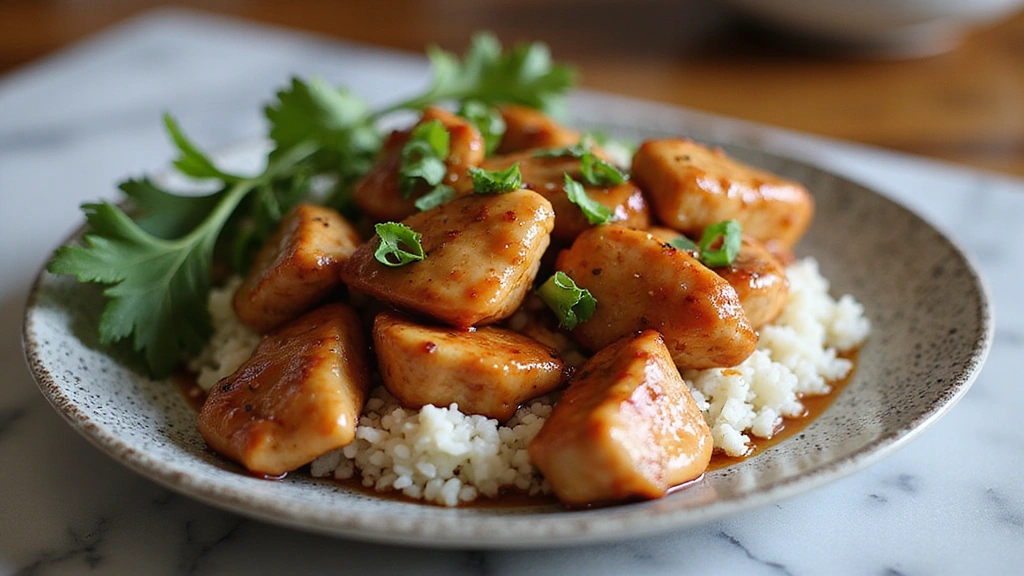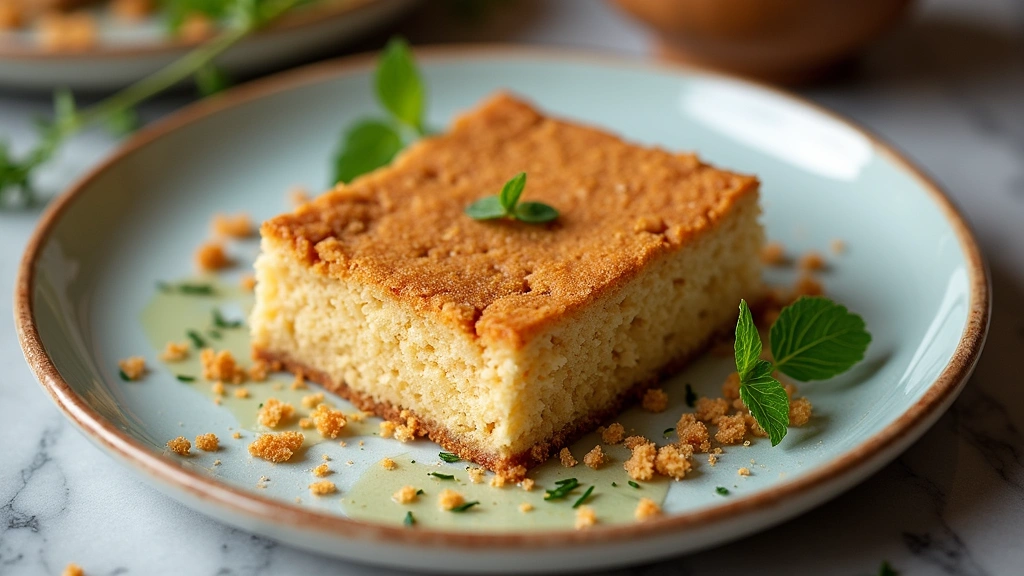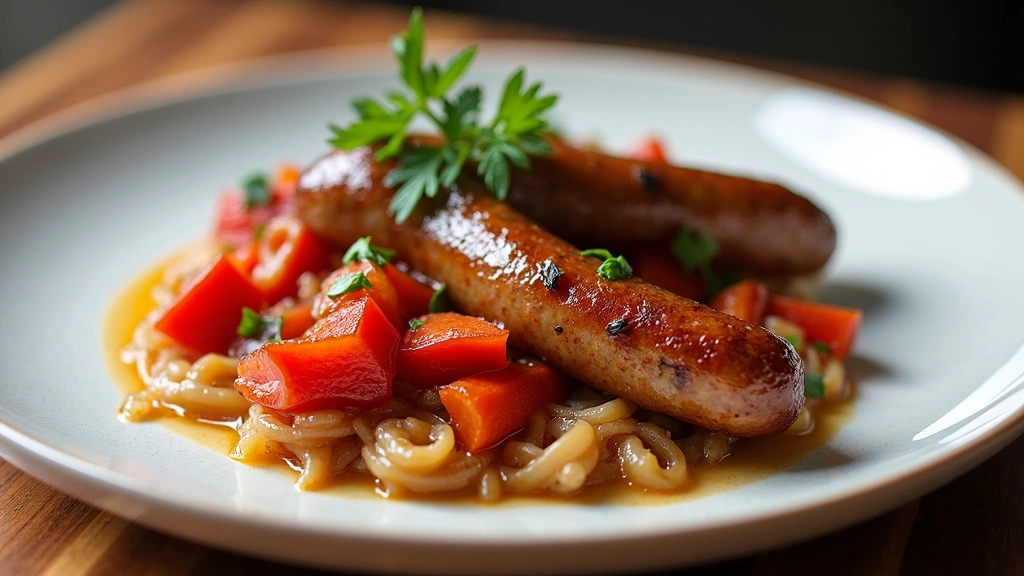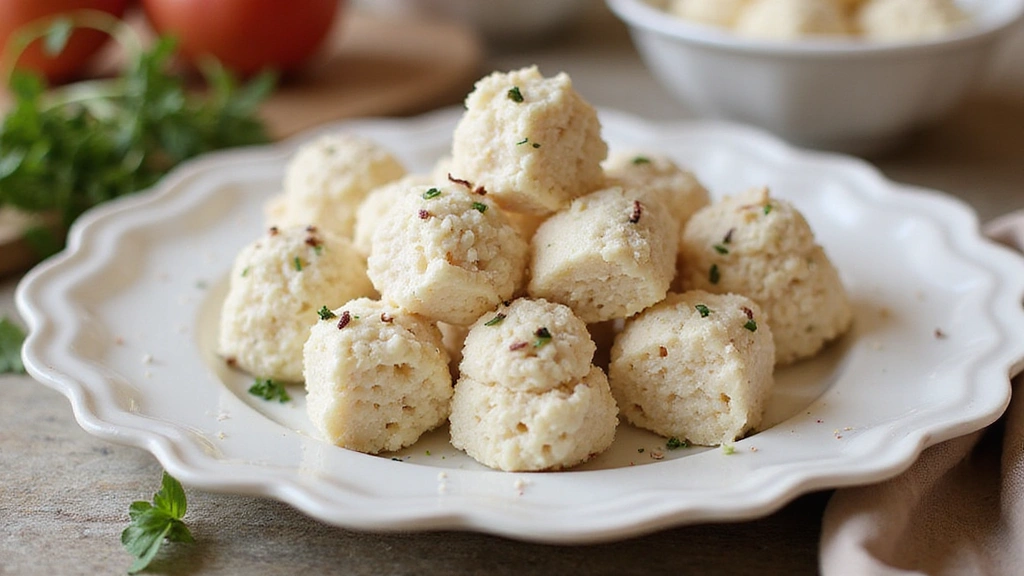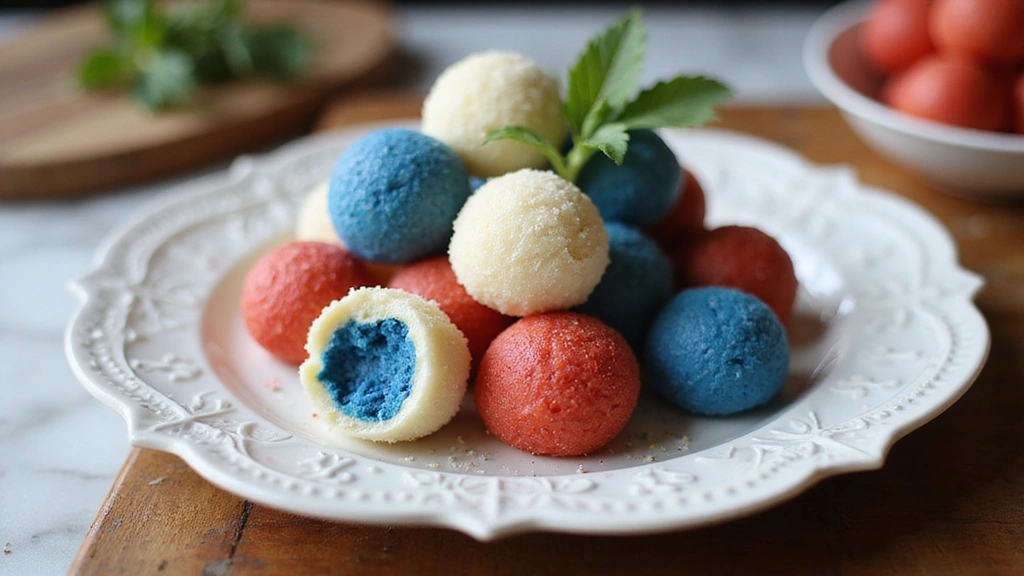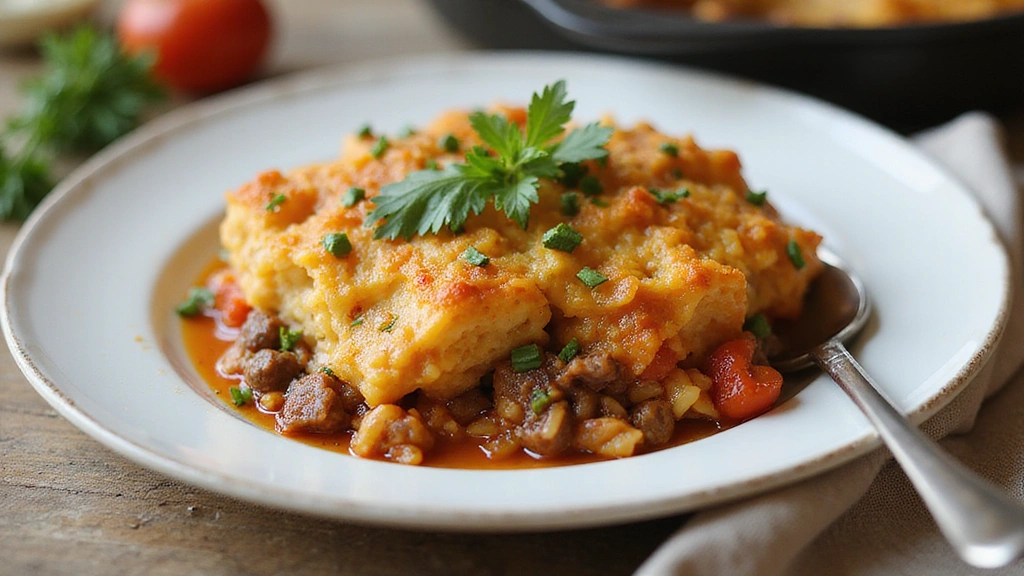The Panda Express Teriyaki Chicken is a delightful blend of sweet and savory that captures the essence of Asian-American cuisine.
Its sticky, caramelized glaze coats tender chicken, offering a burst of flavor with every bite.
I first fell in love with this dish during a bustling weekend dinner at a mall food court, where its aroma was impossible to resist.
The appeal of this recipe lies in its simplicity and the way it brings everyone together around the dinner table.
Whether you’re a fan of Panda Express or a teriyaki enthusiast, this recipe promises a restaurant-quality experience at home.
Perfect for any night of the week, this dish is sure to become a family favorite.
The History and Cultural Significance
• Better Than Delivery: traces its origins to Japan, where it was originally created by street vendors using simple grilling techniques.
• The dish evolved over decades as chefs began experimenting with different marinades and cooking methods, eventually becoming the beloved version we know today.
• In Japanese culture, this dish traditionally appears at festivals and gatherings, symbolizing celebration and communal enjoyment.
• While many variations exist across different regions, the authentic version maintains a balance of sweet and savory flavors that sets it apart from imitations.
Recipe Overview
Nutritional Information (per serving)
Essential Equipment Guide
Cast Iron Skillet: A cast iron skillet is crucial for achieving the perfect sear on the chicken, giving it that iconic caramelized crust. Alternatives include a heavy-bottomed non-stick pan, but ensure it can withstand high heat.
Kitchen Tongs: These are essential for flipping the chicken without losing the marinade’s sticky goodness. If unavailable, a spatula can work, but tongs provide better control.
Meat Thermometer: This ensures the chicken is cooked to the right internal temperature, preventing dryness. Look for a digital version for quick and accurate readings.
Ingredients
For the Chicken
|
| Amount | Ingredient | Notes |
|---|---|---|
| 4 pieces | chicken thighs | boneless and skinless, for even cooking |
For the Marinade
| Amount | Ingredient | Notes |
|---|---|---|
| 1/4 cup | soy sauce | for umami flavor |
| 1/4 cup | mirin | adds sweetness |
| 2 tablespoons | sugar | for caramelization |
| 1 tablespoon | ginger | minced, for a spicy kick |
For the Glaze
| Amount | Ingredient | Notes |
|---|---|---|
| 1/4 cup | teriyaki sauce | store-bought or homemade |
| 1 tablespoon | cornstarch | mixed with water to thicken |
Preparation Methods
Marinating: Marinating the chicken enhances its flavor by allowing the marinade to penetrate deep into the meat. For best results, marinate for at least 30 minutes to overnight in the refrigerator.
Searing: Achieving a perfect sear locks in juices and adds a crispy texture to the chicken. Use high heat and minimal oil for the best results.
Deglazing: This technique involves adding liquid to the pan to release the flavorful caramelized bits stuck to the bottom after searing. This step ensures a richer sauce.
Step 1: Prepare Ingredients
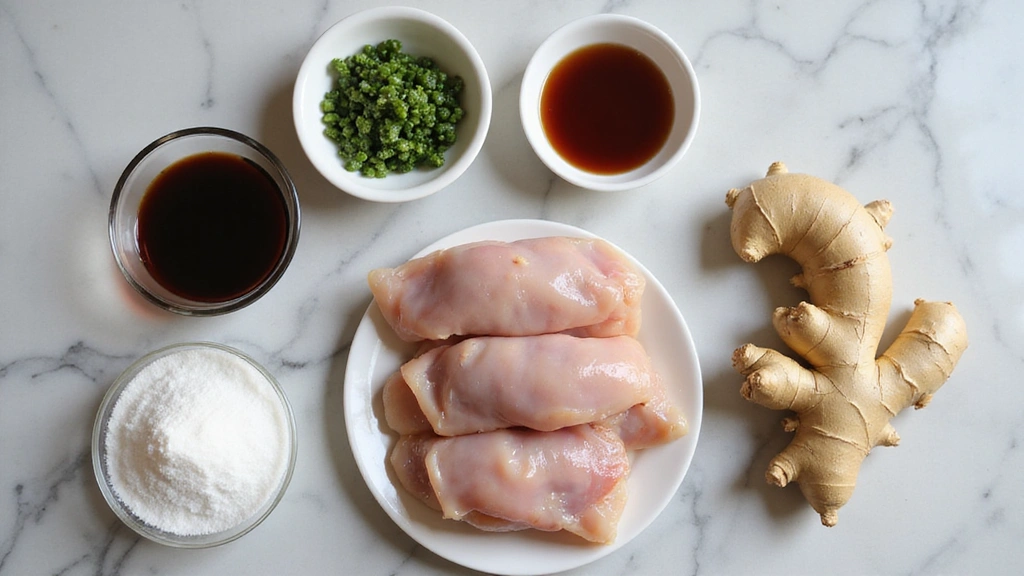
Gather all ingredients and equipment.
Ensure chicken thighs are boneless and skinless.
Measure out marinade ingredients and prepare them in separate bowls.
Ensure your cast iron skillet is clean and dry.
Step 2: Marinate the Chicken
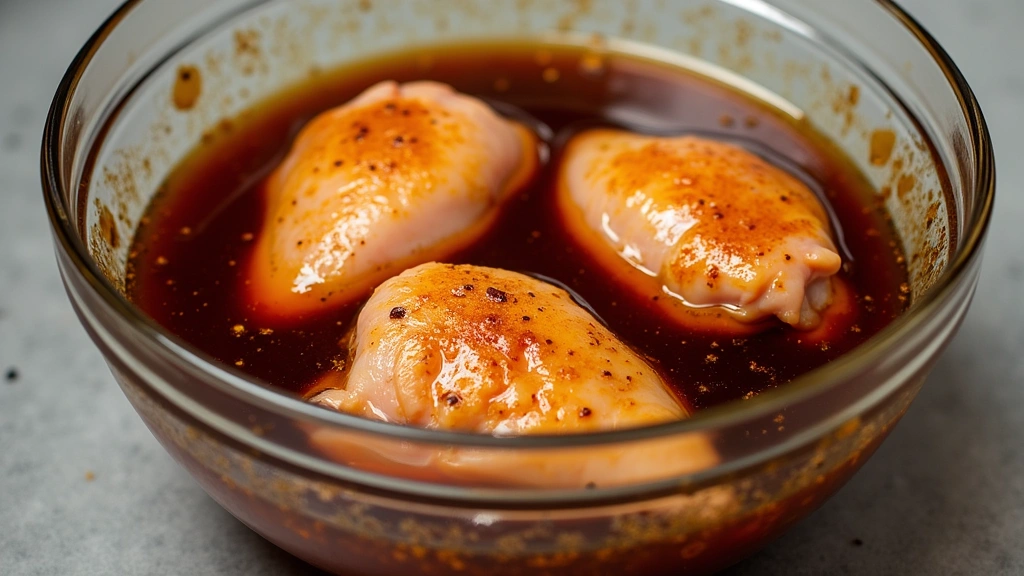
Combine soy sauce, mirin, sugar, and ginger in a bowl.
Add chicken thighs to the bowl, ensuring they are fully submerged.
Cover and refrigerate for at least 30 minutes.
Remove the chicken from the marinade and pat dry with a paper towel.
Step 3: Heat the Skillet
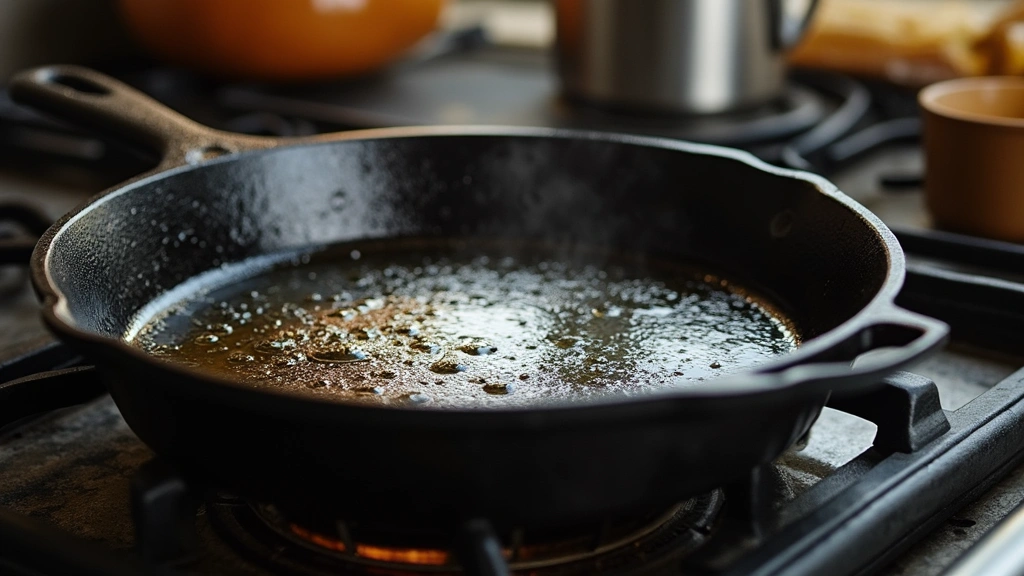
Place your cast iron skillet on the stove over medium-high heat.
Add a tablespoon of oil and heat until it shimmers.
Ensure the skillet is evenly coated with oil.
Watch for slight smoke to know it's ready for searing.
Step 4: Sear the Chicken
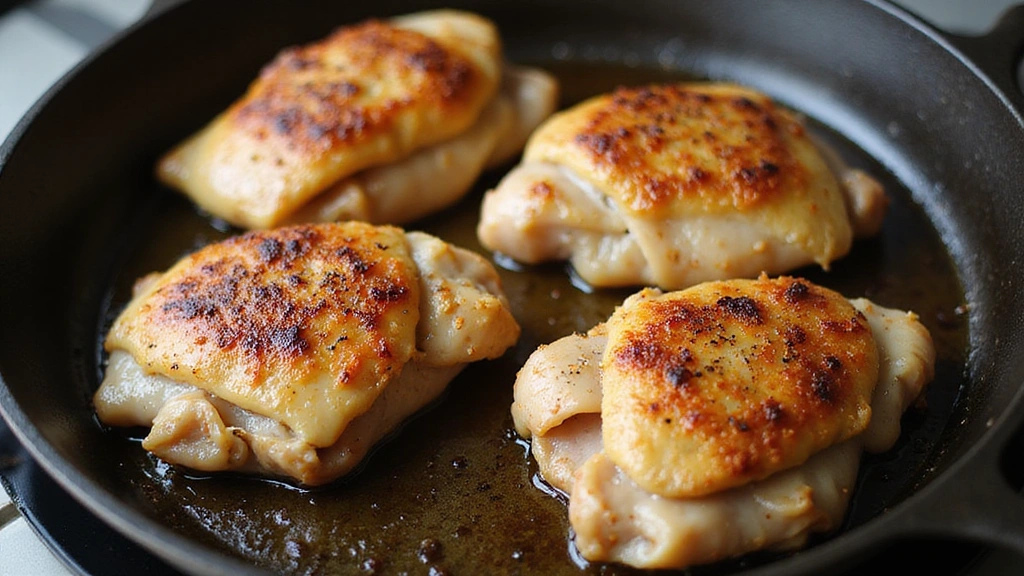
Place chicken thighs in the skillet, smooth side down.
Cook without moving for 5 minutes to develop a crust.
Flip the chicken using tongs and sear the other side.
Remove chicken from the skillet once both sides are browned.
Step 5: Deglaze the Pan
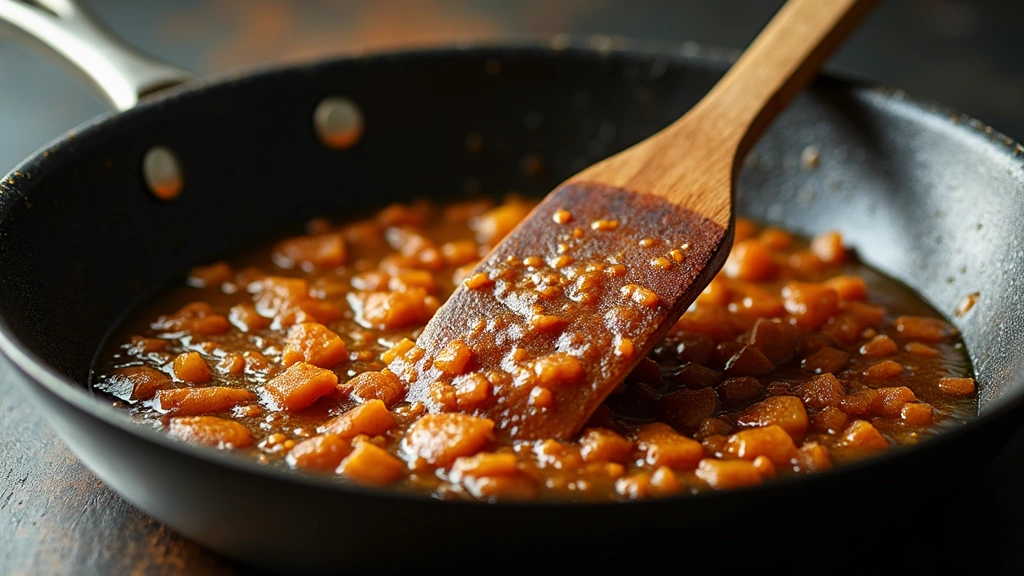
Reduce the heat to medium and add a splash of water to the skillet.
Use a spatula to scrape up any caramelized bits.
Allow the liquid to reduce slightly, capturing the flavors.
This forms the base for the sauce.
Step 6: Prepare the Glaze
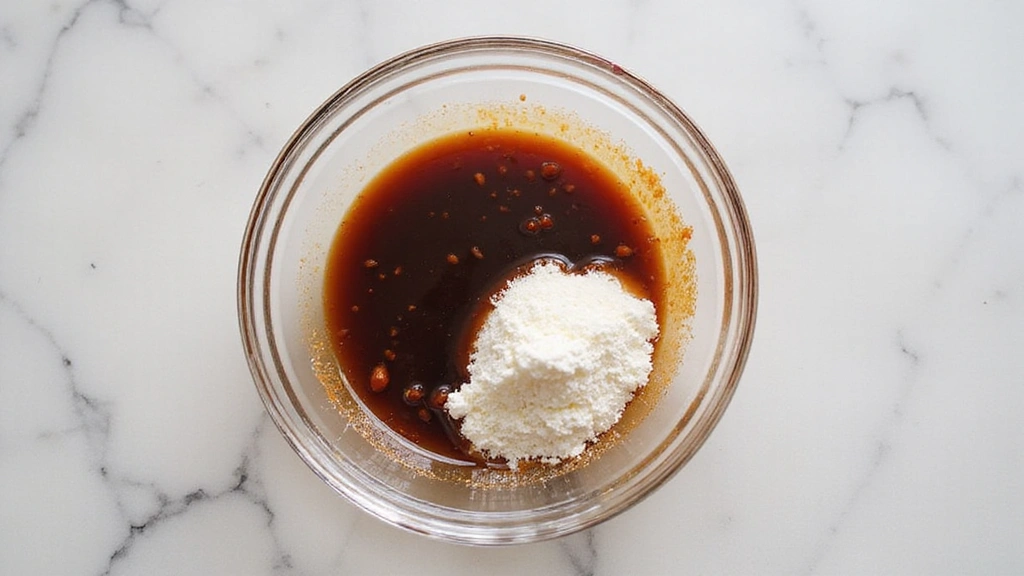
In a small bowl, mix teriyaki sauce with cornstarch and water.
Stir until the cornstarch is fully dissolved.
Pour the mixture into the skillet with the deglazed juices.
Stir until the sauce thickens and becomes glossy.
Step 7: Coat the Chicken
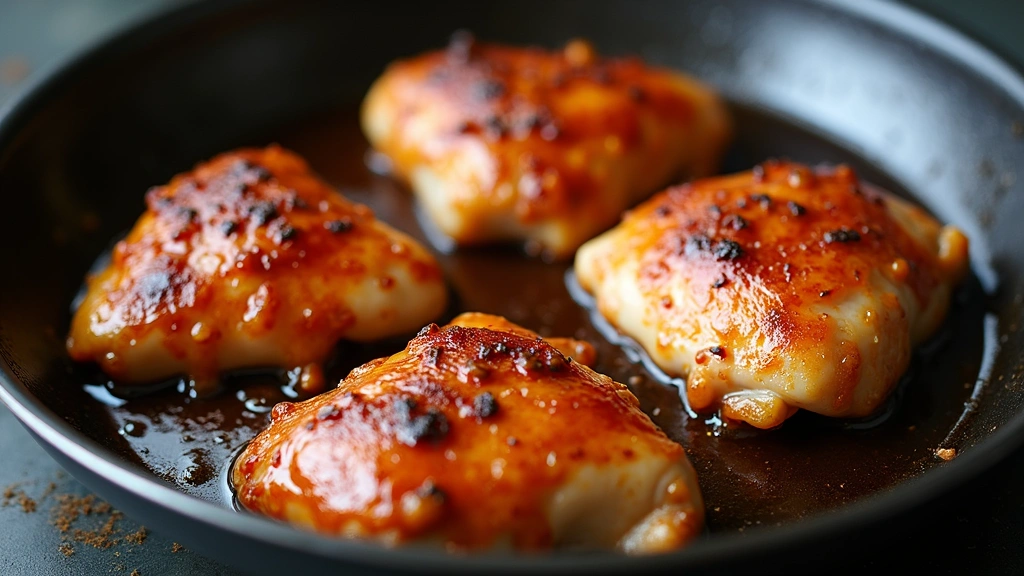
Return the chicken to the skillet with the glaze.
Use tongs to turn the chicken, ensuring each piece is fully coated.
Allow the chicken to simmer in the glaze for 3-4 minutes.
Ensure the glaze clings well to the chicken before serving.
Step 8: Serve and Garnish
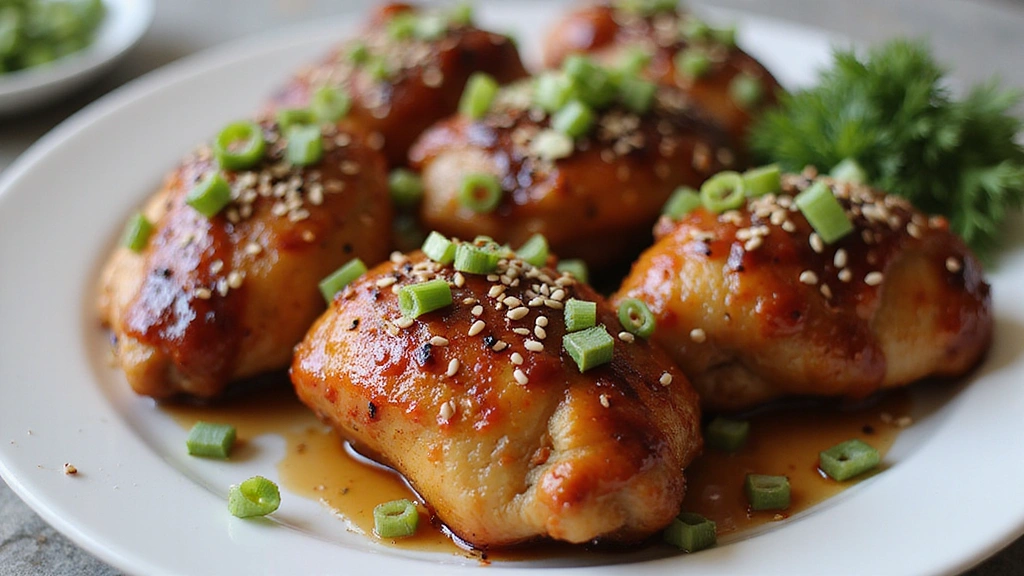
Transfer the glazed chicken to a serving platter.
Sprinkle with sesame seeds for added texture.
Garnish with finely chopped green onions for a fresh touch.
Serve immediately with your choice of side.
Critical Timing and Temperature Guide
Searing: Sear chicken at medium-high heat for 5 minutes per side, or until golden brown. Avoid overcrowding the pan to ensure even cooking.
Simmering: Simmer the chicken in the glaze at low heat for 3-4 minutes, ensuring the sauce thickens without burning.
Final Temperature: Use a meat thermometer to check that the chicken reaches an internal temperature of 165°F (74°C).
Pro Tips for Better Than Delivery:
• Ingredient Selection: Choose high-quality chicken thighs for their tender texture and superior flavor, and opt for authentic teriyaki sauce for the best results.
• Preparation Secret: Pat the chicken dry after marinating to ensure a crispier sear.
• Temperature Management: Allow the skillet to preheat fully before adding the chicken to achieve the ideal crust.
• Texture Enhancement: Let the chicken rest for a few minutes after cooking to retain juices and maximize tenderness.
• Flavor Layering: Incorporate a mix of soy sauce and mirin in the marinade for a balanced sweet and savory profile.
• Make-Ahead Strategies: Marinate the chicken overnight for deeper flavor development.
• Restaurant-Quality Finishing Touches: Add a sprinkle of toasted sesame seeds and fresh green onions for an elevated presentation.
• Equipment Optimization: Use a well-seasoned cast iron skillet for the best sear and heat retention.
Troubleshooting Common Issues
• Chicken Too Dry: Overcooking can result in dry chicken. Ensure you monitor the internal temperature and remove the chicken at 165°F.
• Sauce Too Thin: If the glaze doesn't thicken, try simmering it longer or adding more cornstarch dissolved in cold water.
• Flavors Unbalanced: If the dish is too salty, consider adding a splash of rice vinegar or a pinch of sugar to balance flavors.
• Chicken Not Browning: Ensure the skillet is hot enough before adding the chicken and avoid overcrowding the pan.
• Sticky Pan: If the chicken sticks to the skillet, ensure there's enough oil and the pan is preheated properly.
Variations and Regional Differences
• Hawaiian Style: Incorporates pineapple juice into the marinade, adding a tropical sweetness to the dish.
• Traditional Japanese: Uses sake instead of mirin for a more robust flavor profile.
• Spicy Teriyaki: Adds chili flakes or sriracha to the glaze for a spicy kick.
• American Fusion: Incorporates honey or brown sugar in the marinade for a sweeter, thicker sauce.
Food Science Behind the Recipe
• Maillard Reaction: This chemical reaction between amino acids and reducing sugars gives the chicken its flavorful, browned crust.
• Marination Science: The acidic components in the marinade tenderize the chicken and infuse it with flavor.
• Thickening Agents: Cornstarch acts as a thickening agent, giving the glaze its desirable viscosity.
Frequently Asked Questions
What's the most common mistake people make when preparing Teriyaki Chicken? Overcooking the chicken, leading to dryness.
Can I use chicken breast instead of thighs? Yes, but monitor closely as they cook faster and can dry out.
How can I make the dish gluten-free? Use gluten-free soy sauce or tamari.
Is there a vegetarian alternative? Substitute chicken with tofu or tempeh.
How long can I store leftovers? Store in an airtight container in the fridge for up to 3 days.
Can I make this dish without a cast iron skillet? Yes, a non-stick pan will work, but may not achieve the same sear.
What sides pair well with Teriyaki Chicken? Steamed rice, stir-fried vegetables, or a crisp green salad.
Serving and Presentation Guide
• Traditional Presentation: Serve the chicken on a bed of steamed rice, garnished with sesame seeds and green onions.
• Modern Plating: Arrange on a platter with a drizzle of extra glaze for a glossy finish.
• Family Style: Present in a large serving dish for sharing, paired with a variety of sides.
• Individual Portions: Serve each thigh on its own plate with a side of vegetables for a balanced meal.
Conclusion
With this authentic Panda Express Teriyaki Chicken recipe, you're set to impress family and friends alike.
Its perfect balance of flavors and textures will make you think twice about ordering takeout again.
Try this recipe for a restaurant-quality meal that's surprisingly easy to prepare at home.

